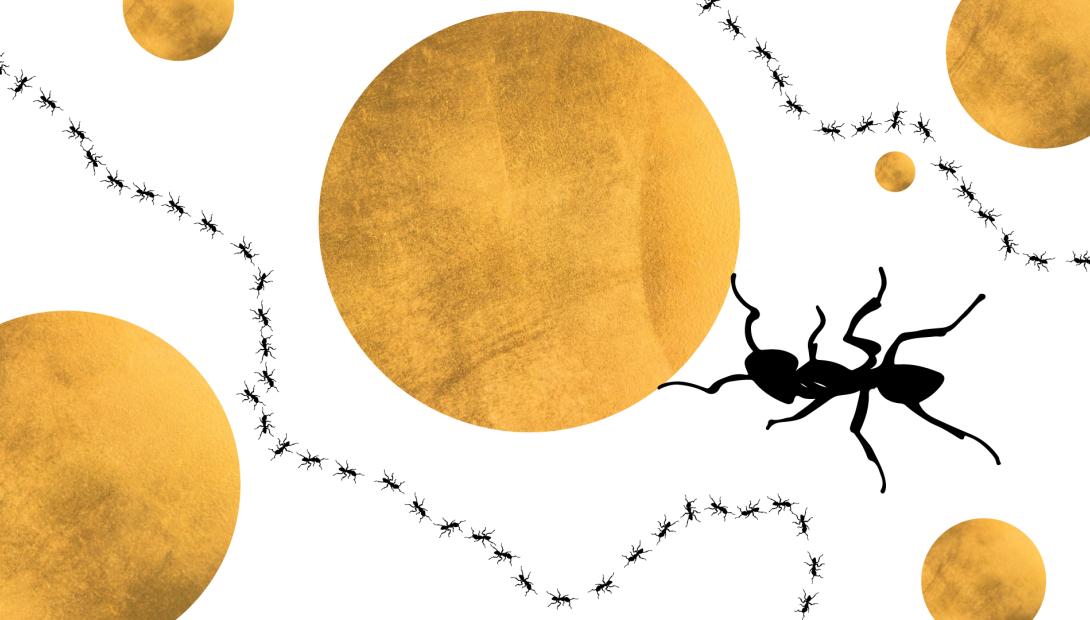
Development
Ants are insects that undergo a complete metamorphosis. They have four developmental stages – egg, larva, pupa and adult. The development cycle occurs within the nest.
Development cycle of the Red Wood AntFormica rufa
The chamber where the queen lays eggs.
A nurse ant carries the eggs to a chamber intended for the eggs.
The eggs are placed next to other eggs in the chamber. They will stay here until the larvae hatch.
The hatched larvae are transferred to another chamber.
The larvae are nursed and fed by worker ants. As the larvae grow, they are moved to other, higher chambers.
The pupae also have a separate chamber – they stay in the warmest part of the nest. Before pupating, the larva uses silk thread to build a cocoon around itself. They are mistakenly called ant eggs. By gnawing on the cocoon, worker ants help the young ants to hatch.
Males develop from unfertilised eggs.
Workers develop from fertilised eggs.
Young queens develop from fertilised eggs and particularly well-fed larvae.
Do ants sleep?
Ants take brief moments of slumber. In worker ants they last for about a minute, and queens slumber for about six minutes. Worker ants spend just over four hours per day at rest, while queens spend over nine hours in slumber. Ants take turns resting, therefore there is activity in the nest at nights as well.
The longest life span – almost 29 years – was recorded for a queen of the Black Garden Ant Lasius niger, which was kept in the laboratory. It is also a world record for insects.
Leafcutter ants queens living in the Americas lay an average of 20 eggs per minute, 28 800 per day, and between 150 and 200 million during a lifetime.




